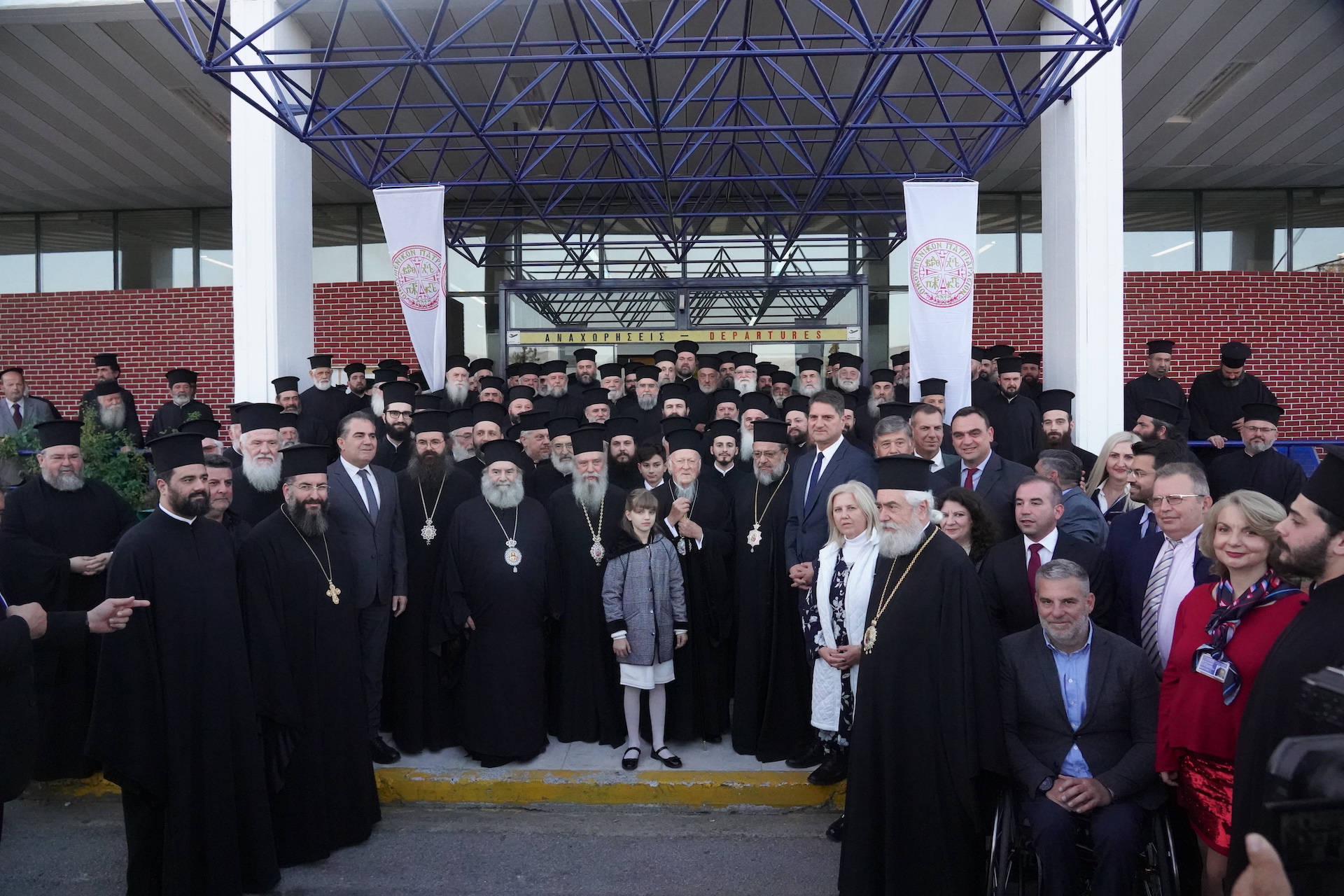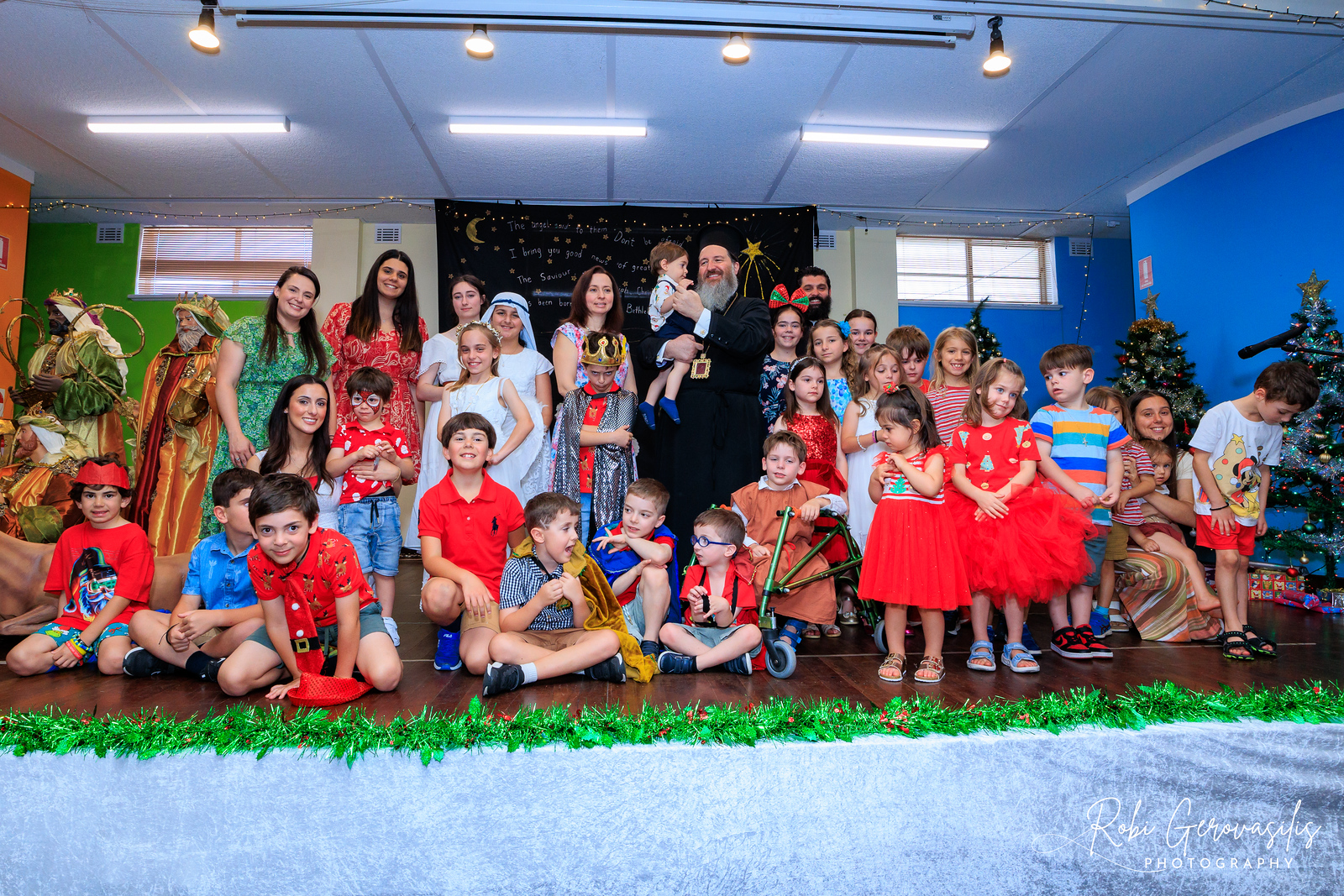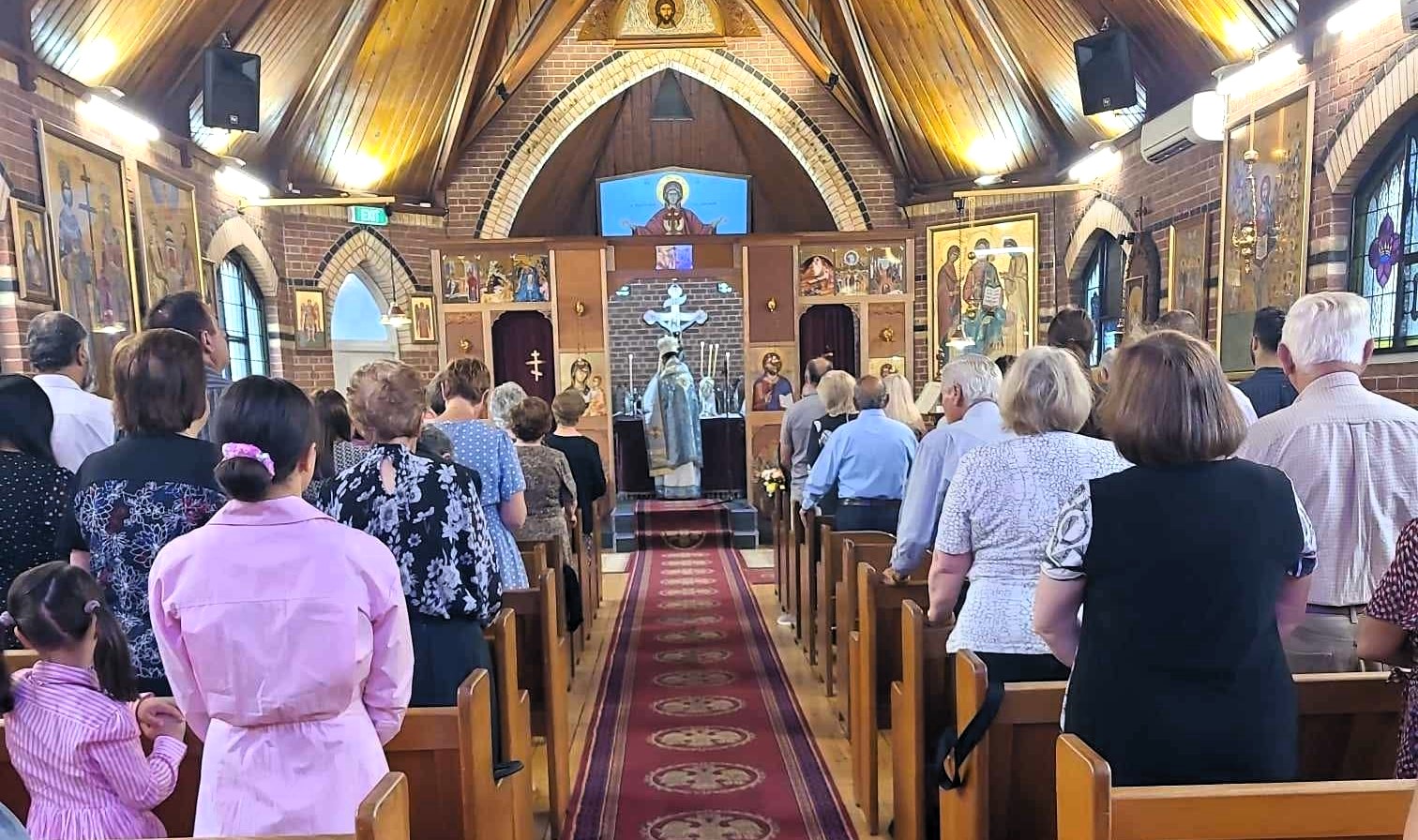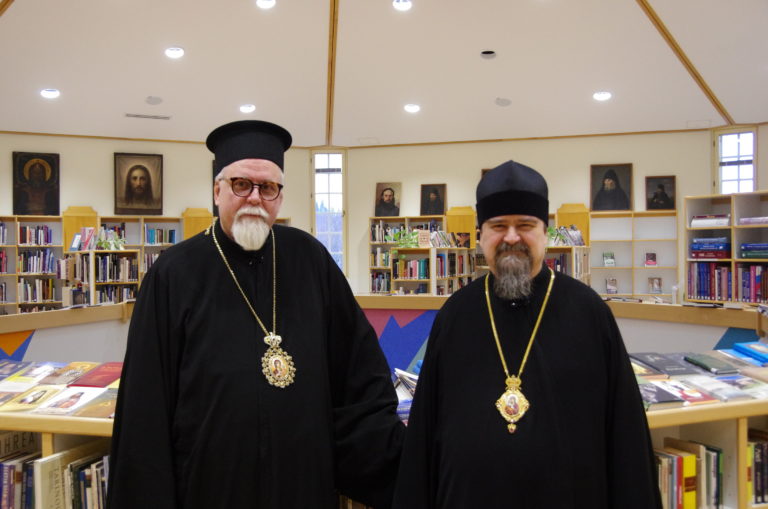Saint Theosebios of Arsinoe in Cyprus (12 October)
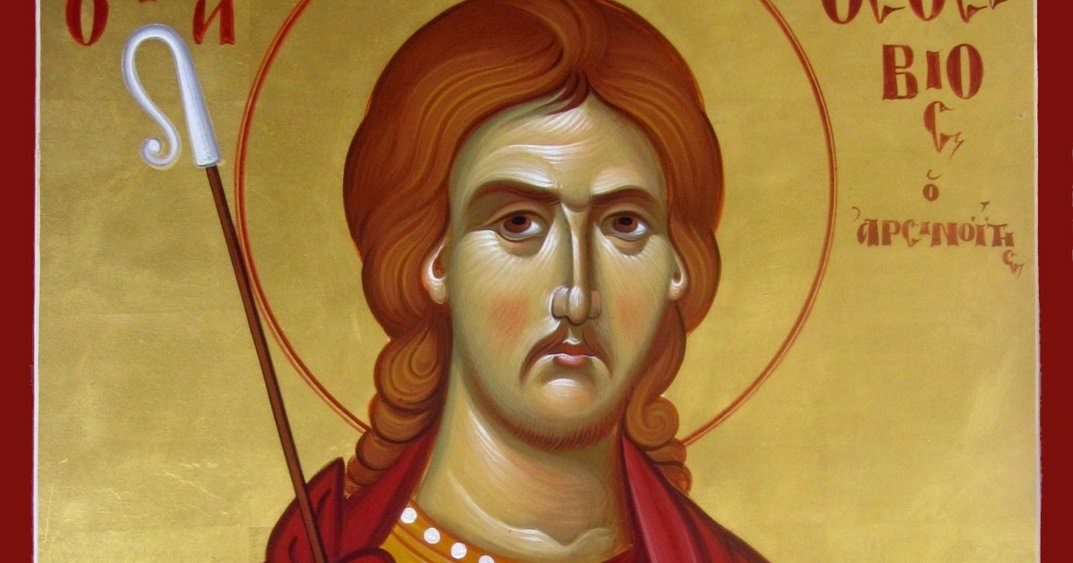

Saint Theosebios was born in the poor village of Melandra in the subdistrict of Arsinoe (present day Polis Chysochous) in the province of Paphos. Today the village is Turkish Cypriot, but during those days it was Greco-Roman and Christian. Saint Theosebios was the brother according to the flesh of Saint Arkadios, Bishop of Arsinoe (Aug. 29). The exact date of his birth is unknown. However, it should be placed at the end of the fourth century since his brother Arkadios was Bishop of Arsinoe in the early fifth century. Their pious parents, Michael and Anna, raised them in the education and admonition of the Lord.
Although Arkadios went to Constantinople to study, from a young age Theosebios was a shepherd of the sheep of the family which allowed him time to pray and meditate on the word of God. Also from a young age, he abstained from food on certain days and during the other days he ate just enough in order to stay alive. He gave the bread which he had saved from his fasting to the poor that he encountered on the street, or he made it into crumbs and gave it to the birds. Gentle and soft spoken, helpful at all times, he prayed secretly in a cave, about five kilometers way from his native Melandra.
When he came of age, he married a pious girl from the neighboring village of Philousa (present day Chrysochous). After having agreed with his wife not to have carnal relations but to keep their purity and only have a fraternal relationship, they lived together in virginity.
Many years later Theosebios, by divine revelation, realized the coming of the end of his life on this earth. He called his wife, and told her that would go to a more distant place in order to graze his sheep, and recommended to her to keep her soul vigilant and to keep her virginity intact until the end of her life in order “to be adorned by God with the crown of virginity as a virgin.” She promised and he was greatly moved. After that he led his sheep as usual, and for the last time, out for grazing. A few days later, he went into his beloved cave, and after having prayed for some time, he surrendered his soul into God’s hands without receiving or having any human help. It was the 12th of October.


His shepherd dog remained a loyal guardian at the mouth of the cave, the guardian of his holy body. After a few days had passed, the dog gathered the sheep together by barking, quickly took them back to Theosebios’ home, and with haste returned to the cave. Three days his parents and his wife’s parents and relatives from Melandra and Philousa searched the surrounding areas and mountains, and they came to the cave after the dog saw them and recognized them and he started barking. They entered it, and there they found the holy body on the ground “scented and fresh as an unfading morning flower,” as Saint Neophytos the Recluse writes in a Praise for Saint Theosebios. They tried to take him back to Melandra to have his funeral done, but they could not because it was already dark, and stayed in the cave to keep a wake for their beloved dead Theosebios. During the night, while his father was sleeping, the Saint appeared in his sleep and told him: “Do not take me way from here, but bury my body in this place and build a church in my name in order to thank God.” And so he did. After having buried the Saint’s body there, a church was built in his name.
The Saint of Melandra has cured many blind and deaf people. Once, two shepherds looted his church, they confessed their sin, returned what was stolen, and asked and received forgiveness. The Saint is today also called “Sesefis, Efsechis, Eusevis, Eusevios. Saint Theosebios is depicted on the tray of the church of Peristerona village in Paphos. In the village of Philousa Chrysochous, in a field located at the edge of a cliff facing directly towards the village of Tremithousa (Chrysochous), hand chipped stones are to be found which are the western and southern foundations of a church dedicated to Saint Theosebios. Place names such as “Mouttes of Saint Eusevios”, “Plakoudia of Saint Sesefis”, keep his memory still alive. The cave of the ascetic in “Nomis Forest” has been destroyed. The name of the Saint is still kept in use. Near the village of Kritou Terra the west side of a church dedicated to Saint Theosebios still survives, built next to a rock and which used to have arches. Next to it, there is the holy water of Saint Efsechis.
Apolytikion in the Third Tone
From youth you had, O blessed one, a divine mind, and in your soul, you pleased God with your divine mind. You brightly shined with the virtues Theosebios, and received the grace to work wonders from God. Venerable Father, entreat Christ God, to grant us the great mercy.
Source: John Sanidopoulos



